Growth in Automotive Electronics
The Bipolar Discrete Semiconductor Market is experiencing growth due to the increasing integration of electronics in vehicles. As automotive manufacturers focus on enhancing vehicle performance and safety, the demand for semiconductors that support various electronic systems is likely to rise. Bipolar discrete semiconductors are crucial in applications such as power management, lighting, and infotainment systems. The automotive electronics market is expected to grow at a CAGR of approximately 7% over the next few years, indicating a robust opportunity for bipolar discrete semiconductors. This growth may prompt manufacturers to innovate and develop specialized products tailored to the automotive sector.
Advancements in Industrial Automation
The Bipolar Discrete Semiconductor Market is poised for growth due to advancements in industrial automation. As industries increasingly adopt automation technologies to enhance productivity and efficiency, the demand for reliable semiconductor components rises. Bipolar discrete semiconductors are vital in various industrial applications, including motor control, power supplies, and robotics. The industrial automation market is expected to grow at a CAGR of approximately 9% over the next several years, indicating a strong potential for bipolar discrete semiconductors. This growth is likely to encourage manufacturers to focus on developing innovative solutions that cater to the specific needs of automated systems.
Rising Demand for Consumer Electronics
The Bipolar Discrete Semiconductor Market is experiencing a surge in demand driven by the increasing consumption of consumer electronics. As households and individuals continue to adopt smart devices, the need for efficient power management solutions becomes paramount. Bipolar discrete semiconductors, known for their reliability and performance, are integral in various applications, including smartphones, laptops, and home appliances. The market for consumer electronics is projected to grow at a compound annual growth rate (CAGR) of approximately 6% over the next few years, which is likely to bolster the demand for bipolar discrete semiconductors. This trend indicates a robust opportunity for manufacturers to innovate and enhance their product offerings to meet the evolving needs of consumers.
Increased Investment in Renewable Energy
The Bipolar Discrete Semiconductor Market is benefiting from increased investment in renewable energy sources. As countries strive to transition towards sustainable energy solutions, the demand for efficient power conversion systems rises. Bipolar discrete semiconductors are essential in solar inverters and wind turbine controllers, facilitating the conversion of renewable energy into usable power. The renewable energy sector is projected to grow at a CAGR of around 10% in the coming years, which could significantly enhance the demand for bipolar discrete semiconductors. This trend suggests a promising avenue for manufacturers to align their product development strategies with the growing emphasis on sustainability.
Expansion of Telecommunications Infrastructure
The Bipolar Discrete Semiconductor Market is significantly influenced by the expansion of telecommunications infrastructure. As nations invest in enhancing their communication networks, the demand for semiconductors that support high-frequency applications is likely to increase. Bipolar discrete semiconductors play a crucial role in amplifying signals and ensuring efficient data transmission. With the anticipated growth in 5G technology, the market is expected to witness a substantial uptick, as these semiconductors are essential for the development of advanced communication systems. The telecommunications sector is projected to grow at a CAGR of around 8% in the coming years, further driving the need for bipolar discrete semiconductors.

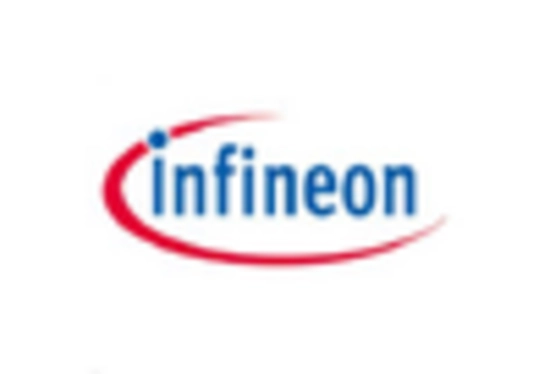
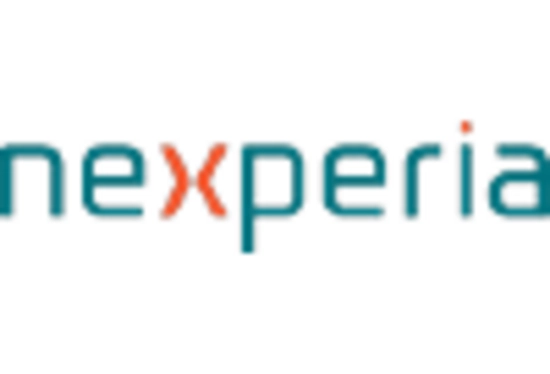
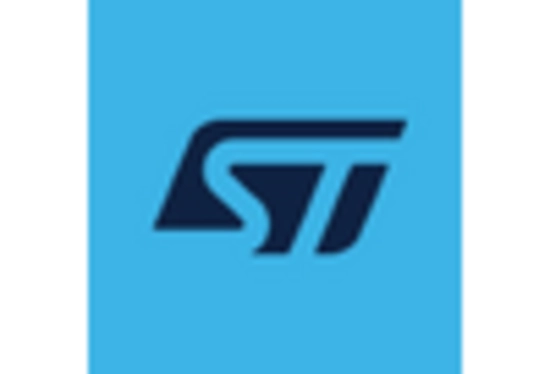
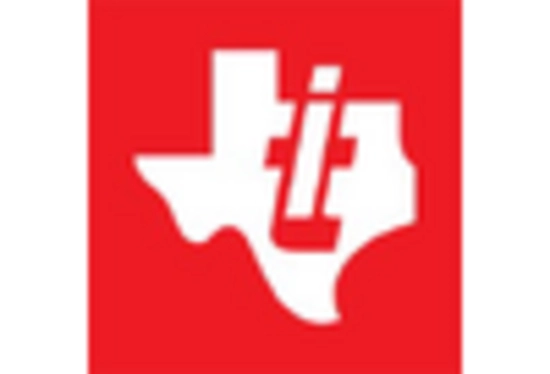
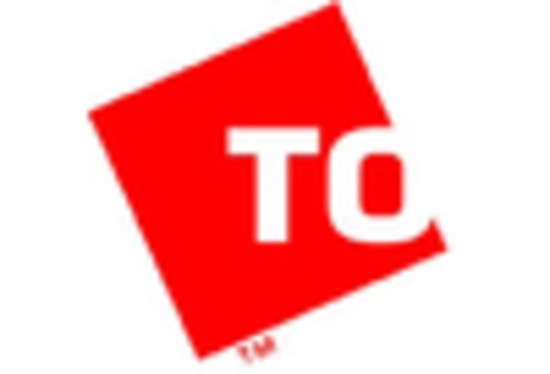








Leave a Comment